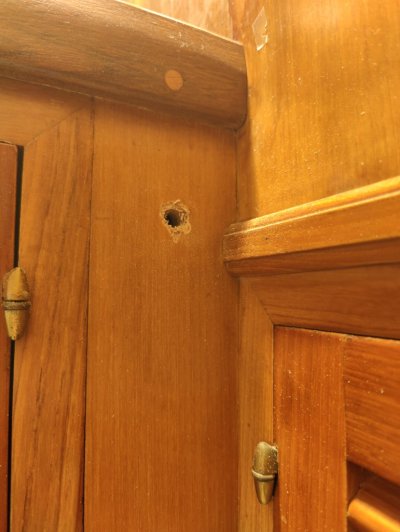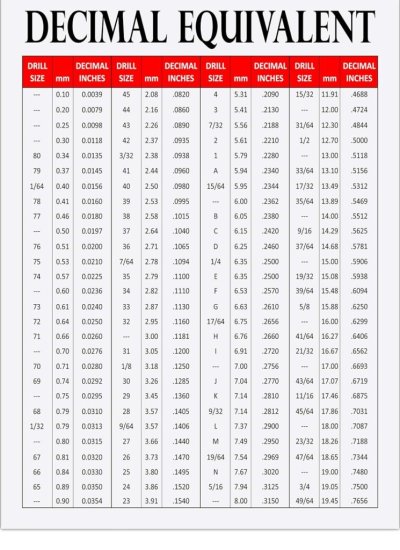paulga
Guru
- Joined
- May 28, 2018
- Messages
- 981
- Location
- United States
- Vessel Name
- DD
- Vessel Make
- Marine Trader Sundeck 40'
I drilled a 1/4 in hole on the closet in the galley to through a 1/4 in tubing. The tubing needs a little bigger hole so I used Dremel 654, insert into the hole then start the Dremel, up and down and around using the bit shaft as a guide. The first few passes were running smooth, and I actually already got a clean enlarged hole to accommodate the tubing. but I tried to further the effort just a bit. Then suddenly to my surprise, the Dremel rotate abnormally crazy like it was stalled by something, and chipped the hole within a second. What is the reason of the strange behavior?




